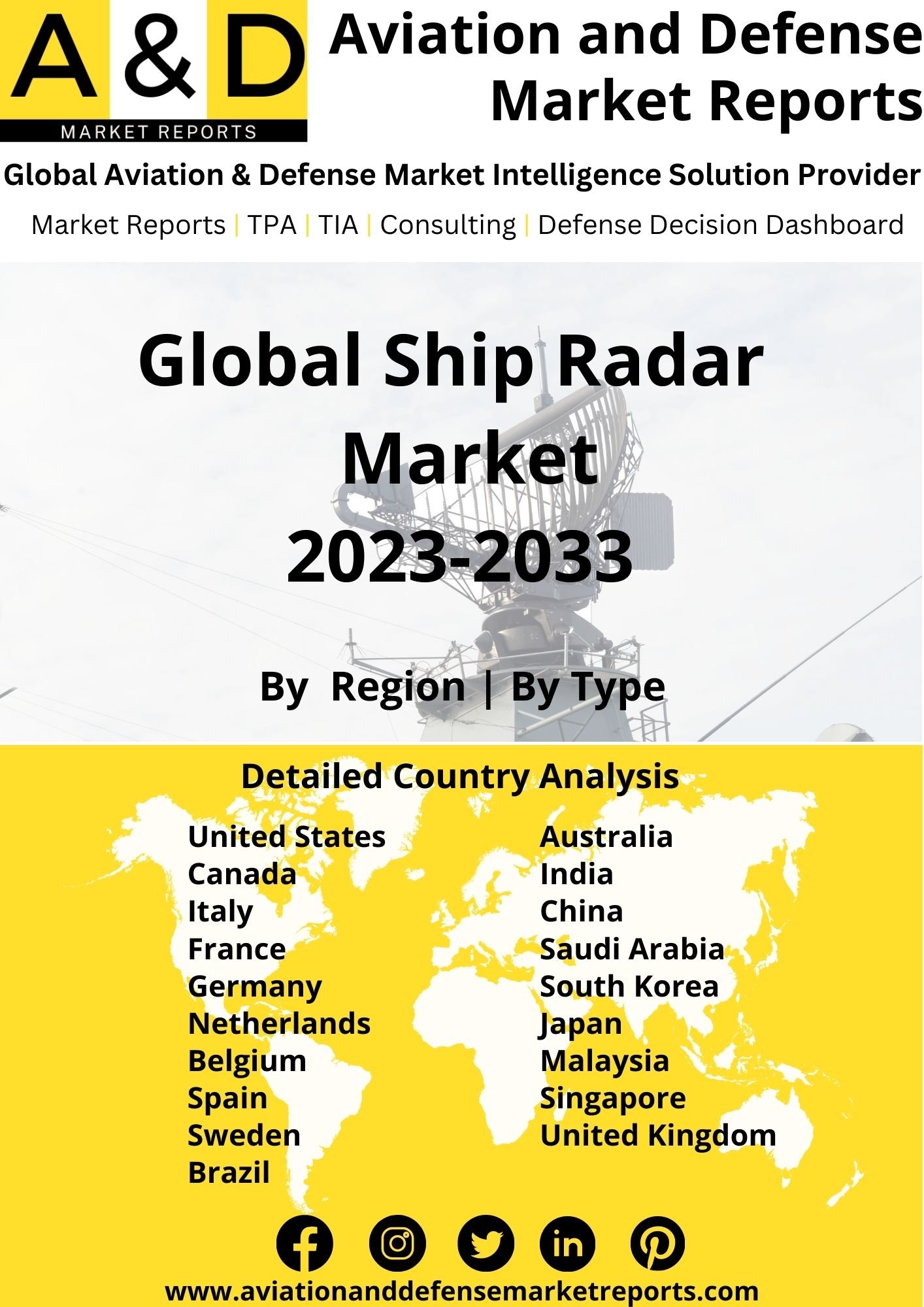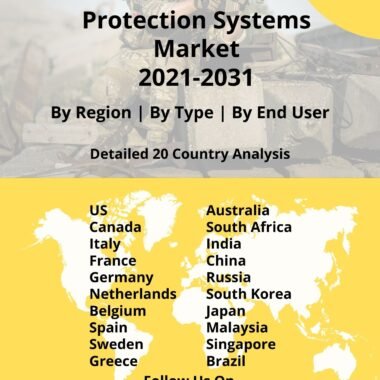Description
Ship Radar Market
Frequently Asked Questions of Ship Radar
Navigation, tracking, and threat detection all depend heavily on Ship Radar Market that are used for surveillance monitoring, as well as fire control purposes. Ship Radar Market report can track and categorize numerous incoming threats detected within their aperture thus providing ample information to the personnel to develop battlefield strategies. Two main kinds of radars are employed across Naval platforms, i.e. AESA (Active electronically scanned array radar and PESA( Passive Electronically scanned array radar). The radar beam is electronically guided in AESA radars, which have computer-controlled antennae. AESA radars can simultaneously emit radio wave beams at several frequencies. This is crucial since previous RWR (Radar Warning Return) systems on ships and aircraft cannot detect AESA radars.
Due to the usage of multiple frequencies in AESA systems, even the newest generation of RWRs must be extremely sensitive to detect AESA. As a result, AESAs are also characterized as radars with limited chances of intercepting. When compared to PESA (Passive Electronic Scanner Array) radars of an earlier generation, AESA radars are far more dependable. Since each module in an AESA radar operates separately, the loss of a single module does not render the radar inoperable. Additionally, AESA radars are noted to be resistant to jamming. The target maritime weather radar’s operational frequency is discovered by jammers, who then broadcast jamming signals on that frequency. This confuses the target radar, rendering it incompetent. The capacity of AESA radar to disperse the frequencies over broadband makes it challenging to jam.
Major factors driving Ship Radar Market Growth
Modernization initiatives and higher defense spending are the main drivers of demand. Due to the intensification of the conflict in Eastern Europe, particularly in Ukraine, and Chinese aggression in the Asia-Pacific region, it is anticipated that defense spending will rise. Several nations have been investing heavily in naval technology to increase their strategic positioning over water bodies. Nations like China have developed artificial islands within the South China Sea to allow its forces a tactical advantage. However, this move has led to several border tensions as well as animosities within the mentioned region. Nations in the Indo-Pacific are particularly known for their increasing fleet capacity, China is a notable nation in this domain as well since the country has been trying to establish maritime supremacy. China and the US have been competing to attain the highest fleet value. The increased procurement of naval warships amongst these nations is hereby anticipated to boost the growth associated with ship radars.
Trends Influencing the Ship-Radar Market Size
The most popular naval radars are X-Band radars. Given that they can use compact antennas, X-band radars are the ideal choice for naval ships where space optimization is a key commodity. Superior target resolution is another feature of these radars. As a result of their higher frequency, X-Band radars are ideally suited for fire control functionality. As a result, Ship Radar Market size play a crucial role in the ship’s defense. They are suitable for target detection at closer ranges due to their shorter wavelength. With a longer wavelength and less attenuation, S-Band (2GHz – 4aGHz) is a good choice for long-range target detection.
Ship-Radar Market Forecast & Dynamics
A marine weather Ship Radar Market forecast is currently undergoing a transition to fully solid-state architecture. Solid-state radars offer superior performance when compared to traditional magnetron radars. Solid-state radars require low maintenance and hence reduce the need for frequent parts purchase. Solid-state radars also have higher reliability and are less susceptible to breakdowns. The high-speed scanning ability also increases the tracking capability. Solid-state radars require lower power to transmit short pulses. Since almost all civilian ships use pulse radar with a magnetron, there is huge potential for growth in this domain. Solid-state radars have no calibration and preheating.
Ship Radar Market Analysis for Recent Developments
The U.S. Navy was noted to award to contract to the company, Raytheon Technologies worth up to USD 3.16 billion to provide radars for as many as 31 ships over the next five years. The V1 Air and Missile Defense Radar, a sizable radar that will be mounted on new Flight III Arleigh Burke-class destroyers, as well as smaller, rotating counterparts that will be mounted on aircraft carriers, amphibious ships, frigates, and older destroyers, are all covered by the grant. If every option in the contract were to be used, Raytheon would have given 46 radars to Navy ships in total.
The global landscape of Ship Radar Market growth has undergone significant advancements, transforming maritime navigation, surveillance, and safety. Ship radar, an essential component of maritime electronics, facilitates the detection of other vessels, obstacles, and potential hazards at sea. Advancements in ship radar systems include the integration of phased-array antennas, advanced signal processing, and artificial intelligence. These enhancements improve target detection, tracking accuracy, and the ability to distinguish between different types of objects, enhancing overall situational awareness for maritime operators.
The development of Ship Radar Market trends with longer ranges and higher resolutions contributes to improved early warning capabilities, enabling vessels to detect potential threats from a greater distance. Additionally, the incorporation of electronic chart displays and collision avoidance systems enhances navigation safety and reduces the risk of maritime accidents. Global standardization efforts ensure the compatibility and interoperability of ship radar systems across different vessels and maritime regions. Collaboration between maritime authorities and industry stakeholders supports the development of regulations and guidelines for responsible and effective radar use at sea. The ongoing evolution of ship radar in 2023 reflects a commitment to advancing maritime safety, navigation efficiency, and the overall capabilities of vessels in a constantly evolving maritime environment.







